There are few pleasures as easy to attain as the simple act of sitting and relaxing for a few moments with a good book. And for those of us who are into photography there is certainly no shortage of reading material. From compilations of famous photographers’ best works to technical journals, there really is something for everyone.
But free time is precious and rare so you’ll want to maximize your enjoyment, and with so many books on the market how do you know which books are worth your time and money? How do you know that the book you’ve chosen is the right book for you? It’s a real bummer spending twenty precious minutes reading only to realize you’ve been really bored during the past twenty minutes.
We’re here to help. In our newest feature we’ll take a look at some of the best and worst books for photo geeks, and break them down in such a way that you’ll know what to expect when you invest your time and money in a book.
Today we’ll take a look at Leica : The First Fifty Years by Gianni Rogliatti, an exhaustive (and occasionally exhausting) study of the machines made by the boys in Wetzlar. What are its merits, where does it struggle, and what kind of reader does this book best suit? Let’s find out.
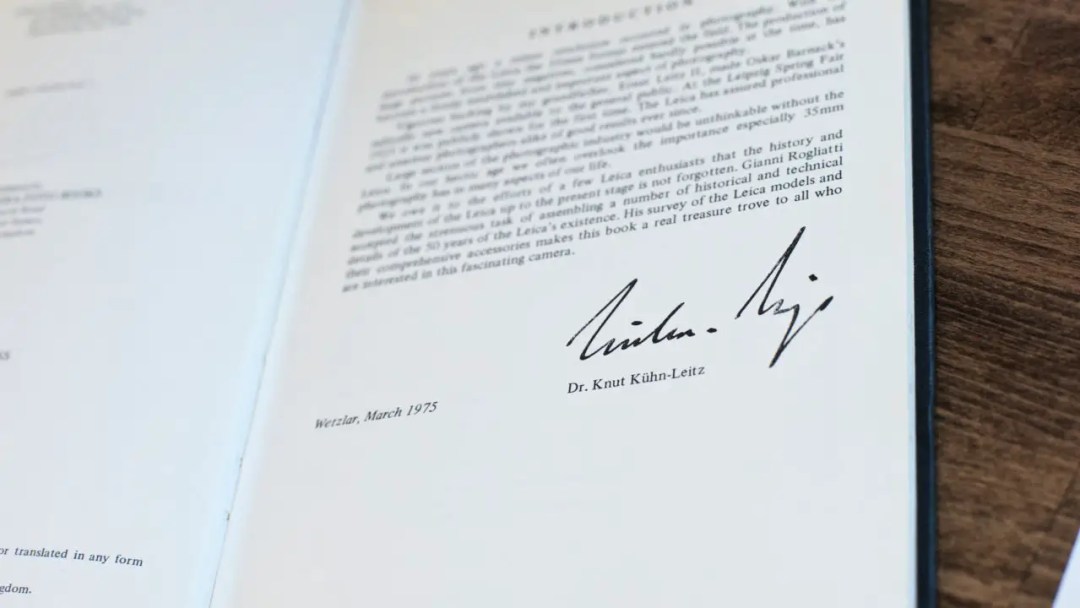
Leica : The First Fifty Years begins with an introduction penned by Dr. Knut Kühn-Leitz, grandson of the famous Ernst Leitz II. In it he speaks of the relationship his grandfather enjoyed with Oskar Barnack, the importance of 35mm film photography, and the passion of the Leica enthusiast community. He goes on to extoll the work of writer Gianni Rogliatti, stressing the importance of accurately assembling the history of the brand for those who love the Leica.
This is important because before we’re even past the first two pages of the book we’re assured that the information presented here is coming, if not directly from the source, then certainly with its blessing. We know we can flip through these pages comforted in the knowledge that what we’re reading here is fact. In today’s environment of Google searches and internet forums it’s nice to have a reference that’s not reliant on the failing memory of a crusty, old camera repair man posting anecdotal information that might never have been entirely true.
And so we begin our journey into the history of Leica, Rogliatti at the helm, and while his writing isn’t the most engaging it certainly presents the information clearly and succinctly. Beginning with a breakdown of the factors leading to the invention of the Leica, we’re quickly taken through the development of the machine by the famous Oskar Barnack, his trials, his tribulations, and his eventual success. Before the fifth page we’ve covered over two decades; a pretty remarkable feat and one that leaves us a bit discombobulated.
But this book isn’t meant to tell stories. Rogliatti’s strength isn’t in his narrative style but rather in his breakdown of technical systems of the camera, and this he does with excellence. Beginning from Chapter 2 and continuing until the end of the 97 pages of technical coverage (tables, charts, and catalogues comprise the remainder of the 138 total pages), Rogliatti delves headlong into the exact specifications of each and every machine made by Leica for the first fifty years of the company’s existence.
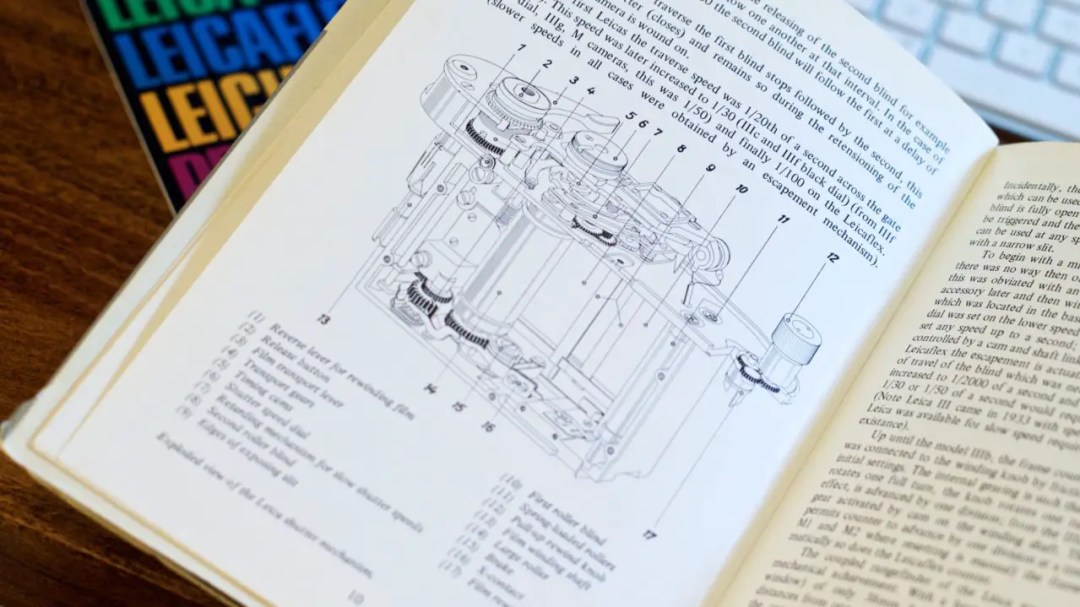
He covers the cameras, lenses, and accessories in earnest detail. He shows us incredible photos taken at Leica HQ, or contributed by Ernst Leitz GMBH Wetzlar, of every prototype, testing device, and production model. He offers exploded views of the different shutter mechanisms, shots of impossibly rare machines, and photos taken by Oskar Barnack with his prototype Ur-Leica. And while this book lacks the production values of more modern Leica tomes, it does the job well enough with modest, black-and-white images.
No, there’s not much in the way of camera porn. This isn’t that type of book. What it does offer is knowledge. Whether it’s learning about the Leica 72, the minimum operating temperatures of various machines, or the differences in production between Wetzlar and Canadian-made Leicas, there are enough bits of cold, hard information in this book to ensure that every reader will come away more knowledgeable than before the book was read.
Gianni Rogliatti has laid out the information in quick, easily digestible chapters, each covering just a single model in the company’s catalogue and each lasting no longer than two pages. He tells us how each camera operates, what differentiates it from the rest of the Leicas and other cameras at large, and exact descriptions of the models’ pertinent details. And while this is one of the book’s greatest strengths it’s also one of its most unfortunate weaknesses.
Rogliatti, while excellent at listing facts and figures, is less inclined to tell us why any of it matters. We’re treated, for example, to the changes made to cameras’ shutter-speed capabilities, differences in fasteners used, and placement of knobs and levers, but we’re never given a glimpse into what the designers were thinking or how photographers were able to use these innovations in any appreciable way. There’s little here to illustrate the importance of the Leica and what it meant to the shooter. Like the exclusively black-and-white images used in the book, the writing is flatly colorless.
It’s not until we get to Chapter 36 that things begin to get more interesting. Here we’re introduced to the special Leica models, experimental and small-production machines. These sections are truly engaging and the reading becomes a bit easier. When we’re shown whimsical machines built for a specific purpose the imagination begins to exercise, such as when we see one marvelously complex camera built for the Italian police which would take a profile and frontal shot of a subject’s face simultaneously and place them both on a single frame, or the complexities of the Stemar lens system made for taking stereo photographs.
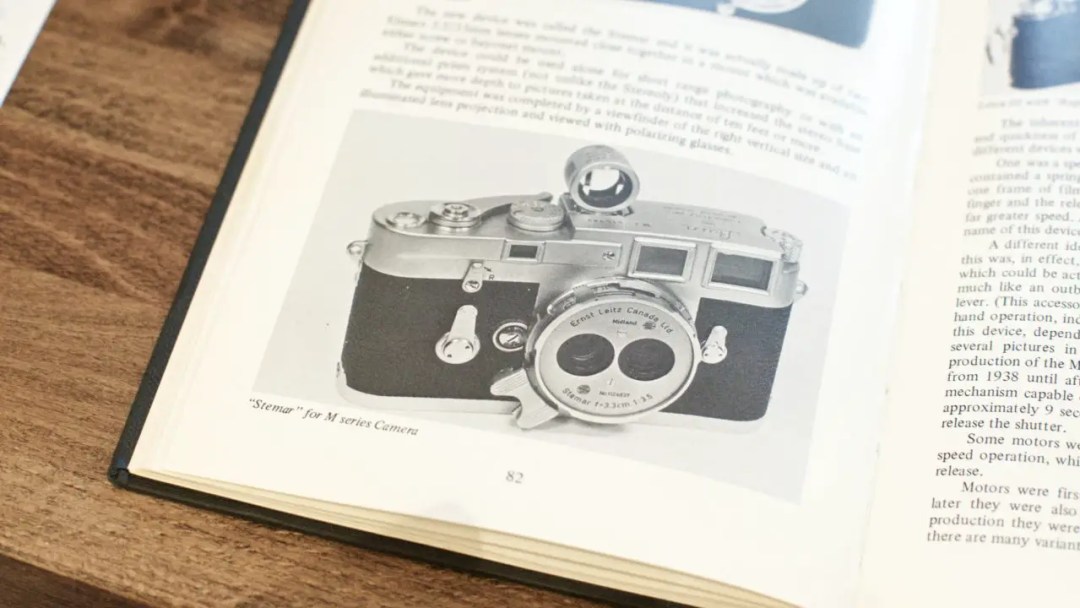
But after these tantalizing chapters the excitement wanes. Luckily, the book is also over. We’ve reached the end and are rewarded with over thirty pages of comprehensive lists, catalogues, and indexes, which show every camera made by the company along with their serial numbers and dates of manufacture. Not very exciting, but it’s an astounding compilation of digits and an invaluable resource for anyone looking to date their camera or lens.
Additionally there’s a list of the Leica codewords used in-house to denote every product the company ever produced along with dates of manufacture. This list is fairly amazing at a glance, and while we’re not totally convinced of its usefulness, it’s interesting to see the incredible variety of products the company made.
Rogliatti would go on to release follow-up editions of First Fifty Years which added expanded coverage to the serial number lists (now including the M numbers left out in the first edition), expanded lens sections, and more extensive illustrations. Furthermore he would go on to release subsequent books covering the next two decades, these books retaining and adding to the previous decades of information. They are titled, quite practically, Leica : The First Sixty Years, and Leica : The First Seventy Years.
As any photo geek will attest, this hobby of ours can be a bit confusing. With so many models built by so many companies over so many decades, it can be quite difficult to keep it all straight. This is evidenced by a couple of our most frequently encountered messages here on CP being “How old is this camera,” and “How much is this camera worth?” That’s why books of the type we have here are so important.
While it may not be a true reader’s book or the right fit for a coffee table, Rogliatti’s Leica : The First Fifty Years is one of the purest sources of Leica information available. With a tendency to list only the facts, and little in the way of contextual or anecdotal flourishes, it’s a book best left on the shelf until a specific piece of information on a specific Leica is required. But in that moment Gianni’s got you covered.
LEICA : THE FIRST FIFTY YEARS
By Gianni Rogliatti
138 pp. Published by Hove Camera Foto Books, Distributed by Fountain Press
Buy it on Amazon
Buy it on eBay
Follow Casual Photophile on Facebook and Instagram
[Some of the links in this article will direct users to our affiliates at B&H Photo, Amazon, and eBay. By purchasing anything using these links, Casual Photophile may receive a small commission at no additional charge to you. This helps Casual Photophile produce the content we produce. Many thanks for your support.]
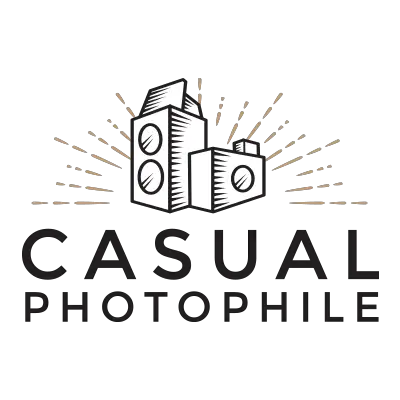
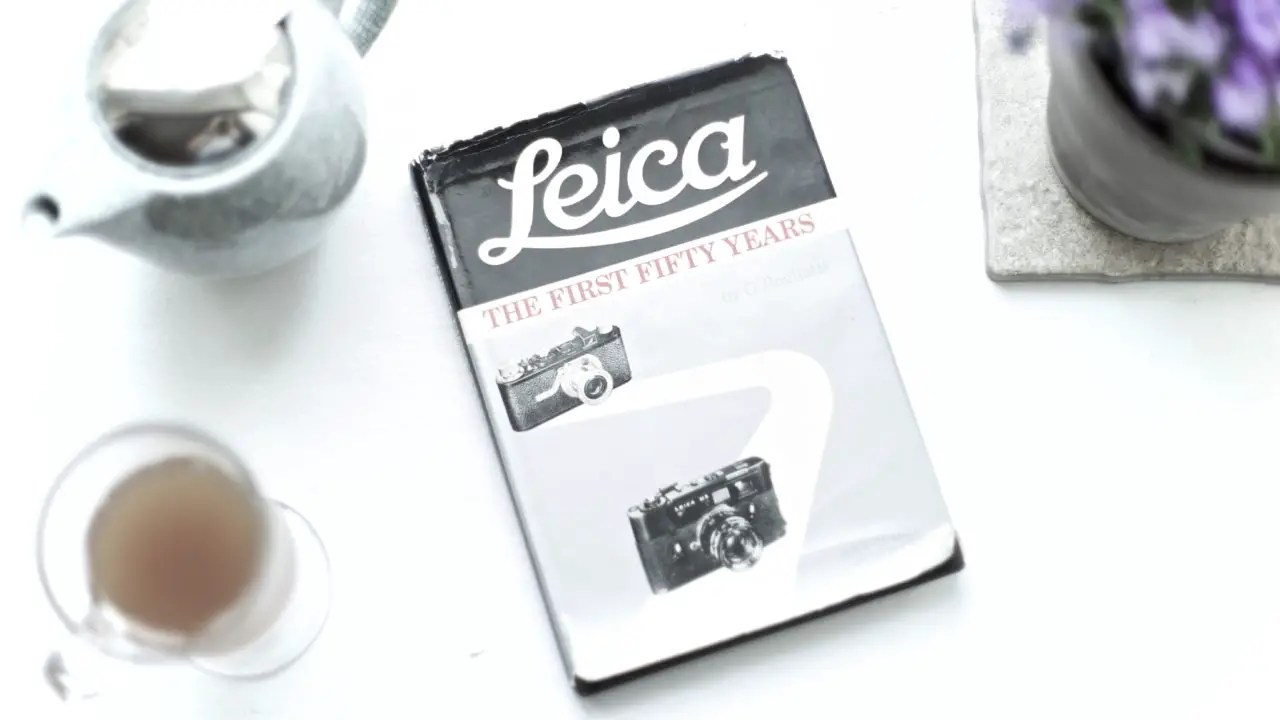

Leave a Reply